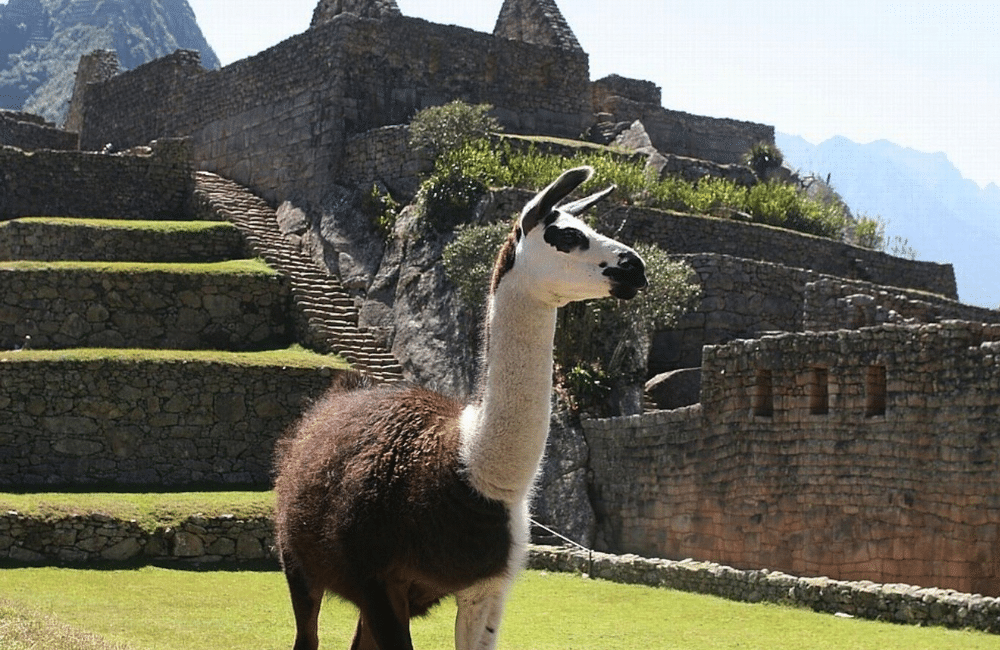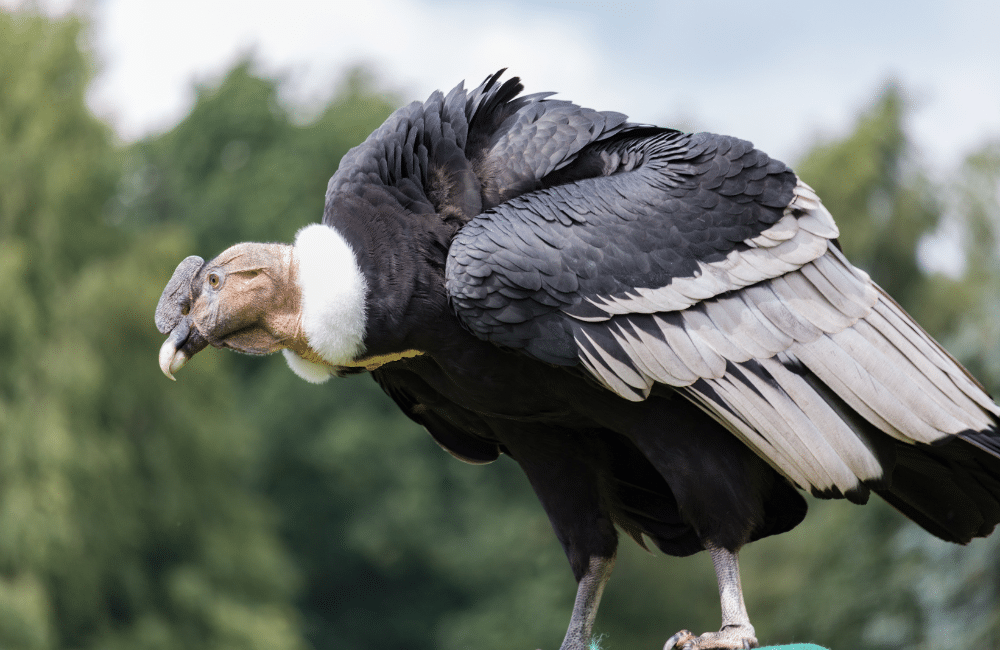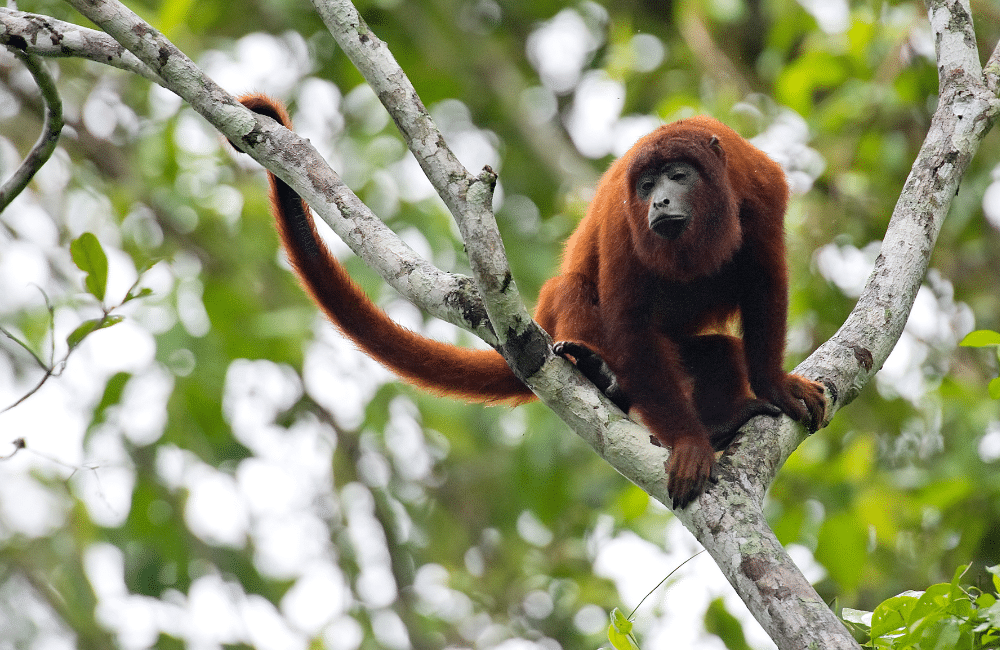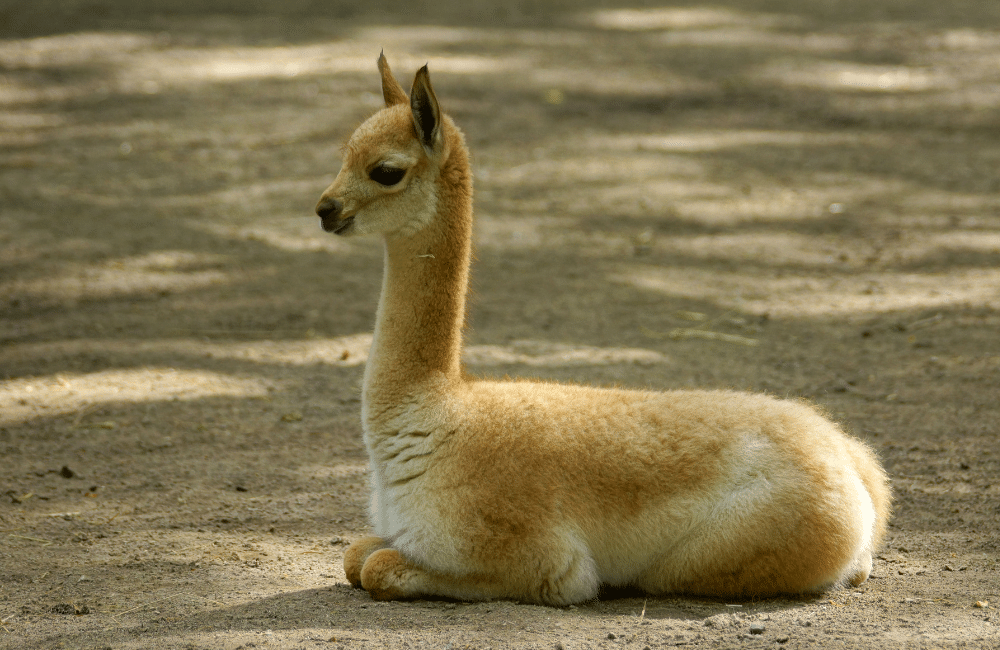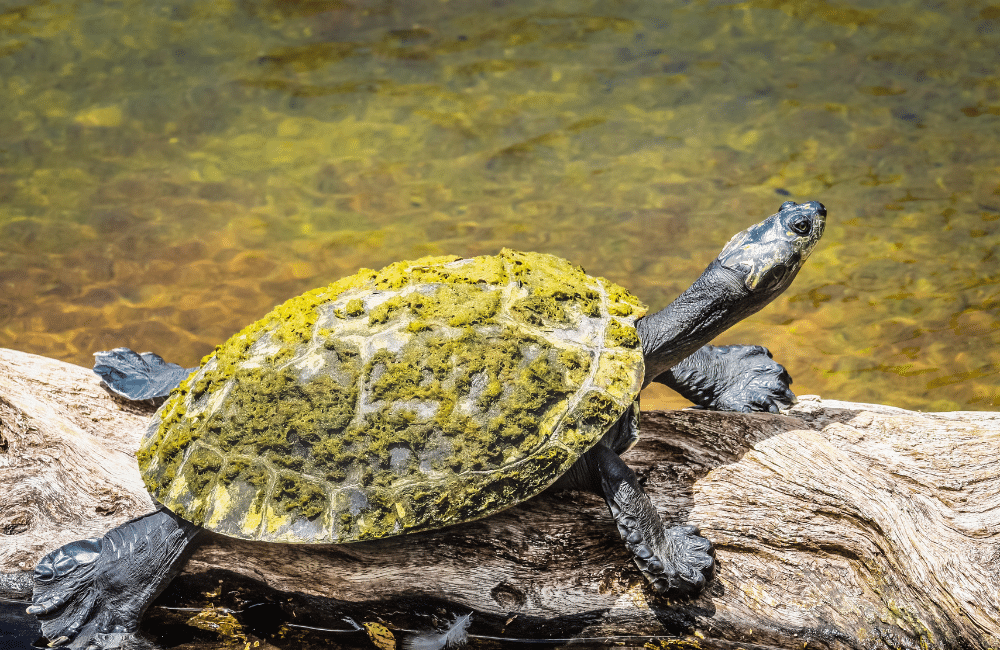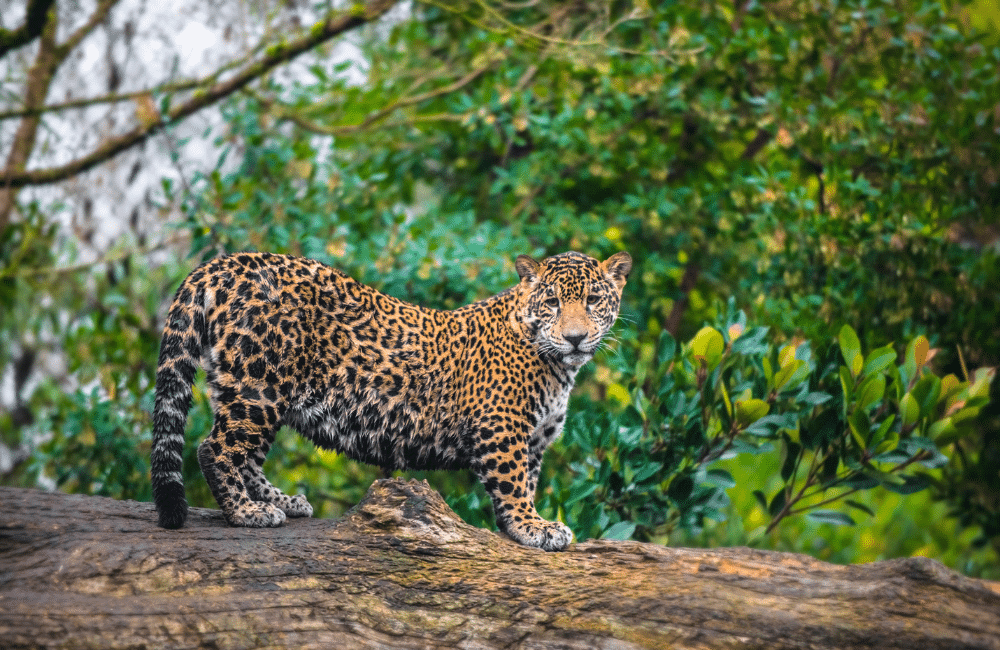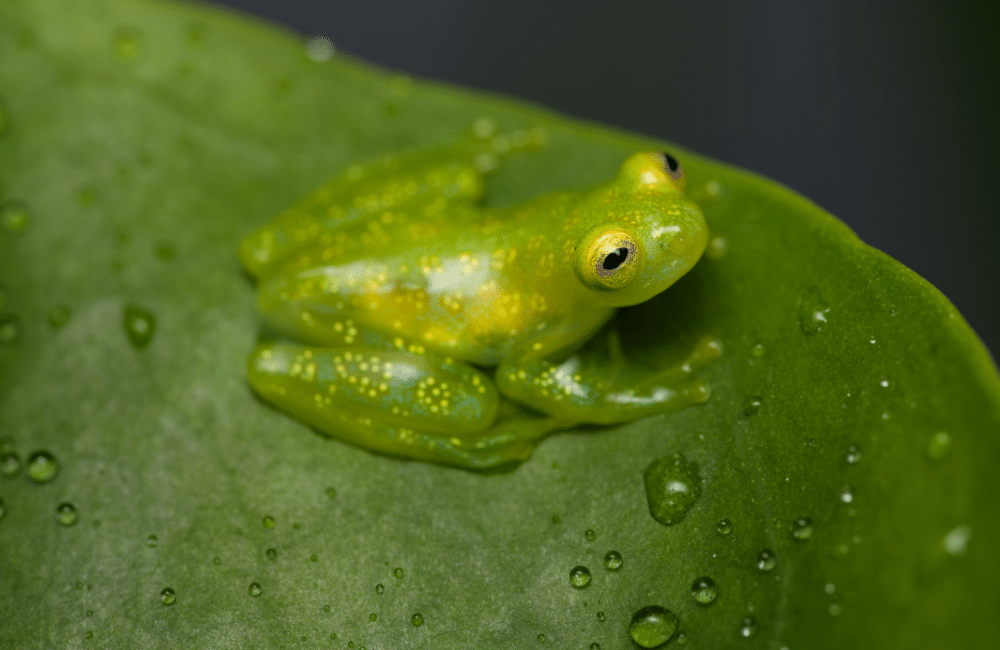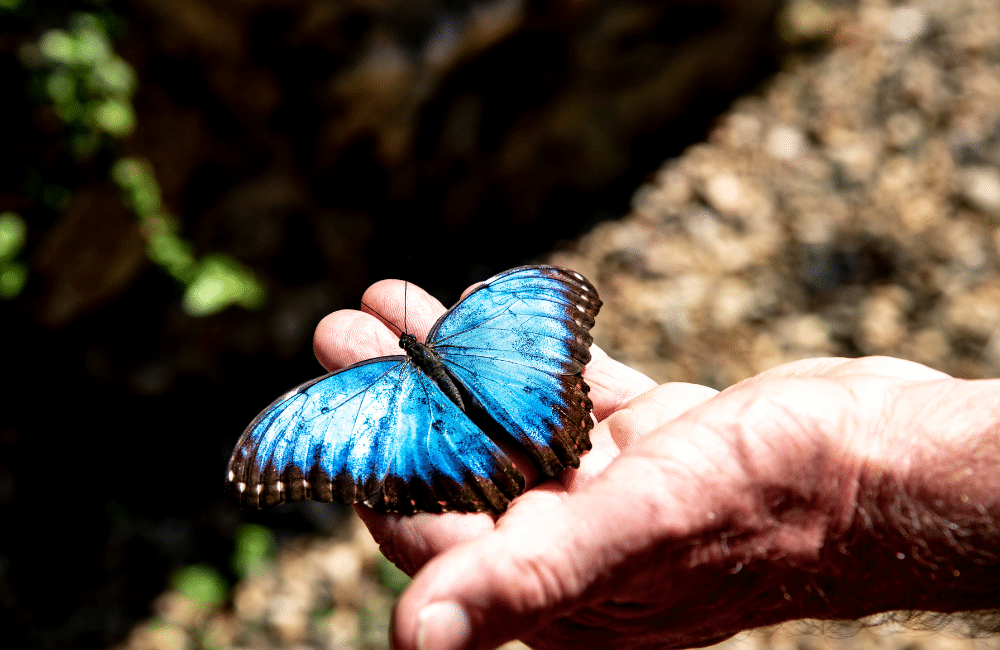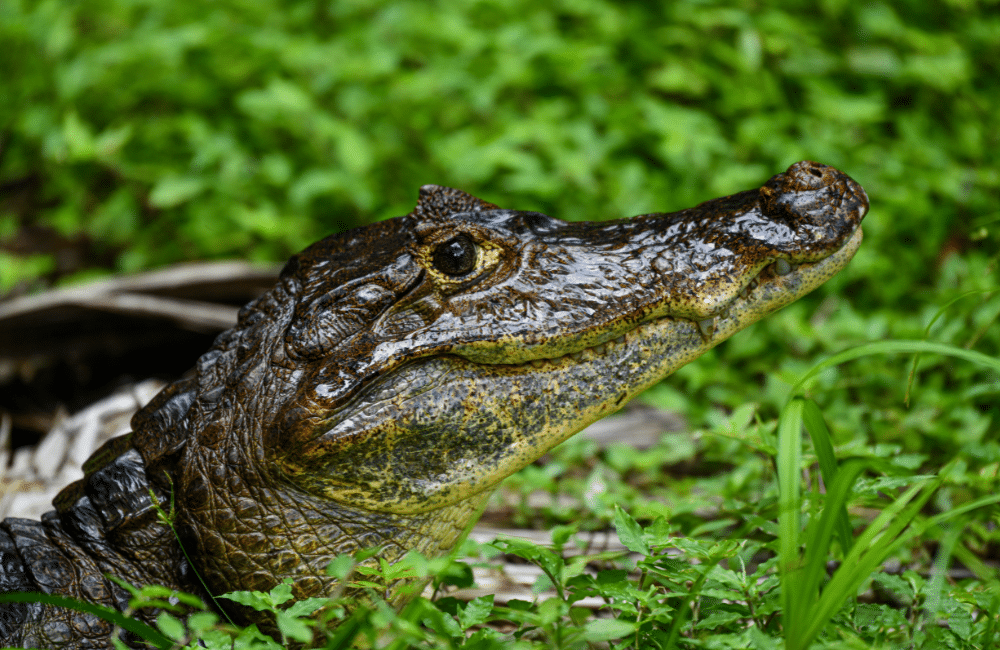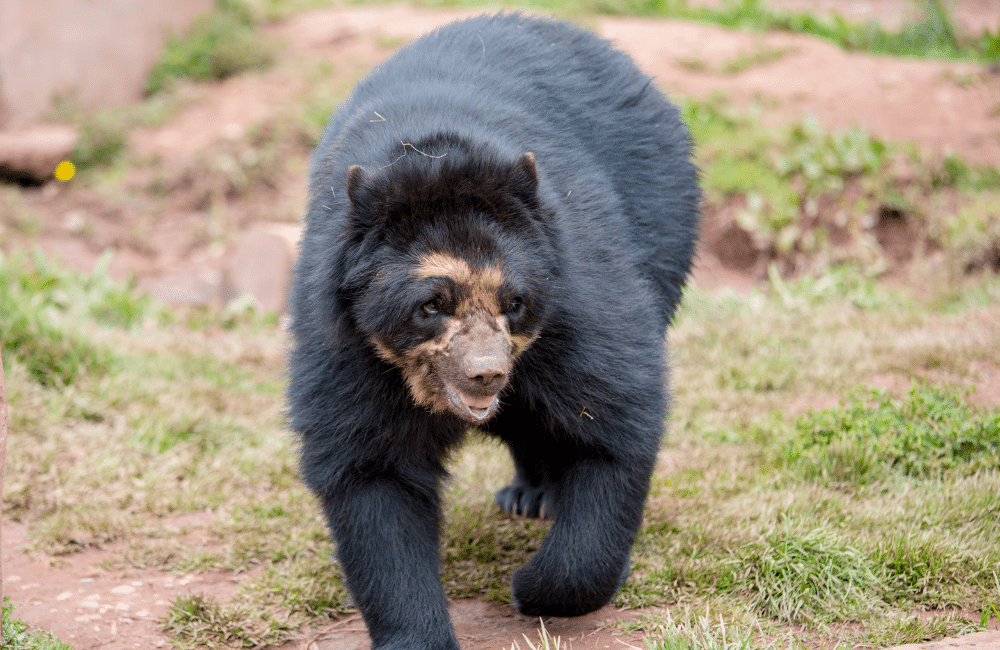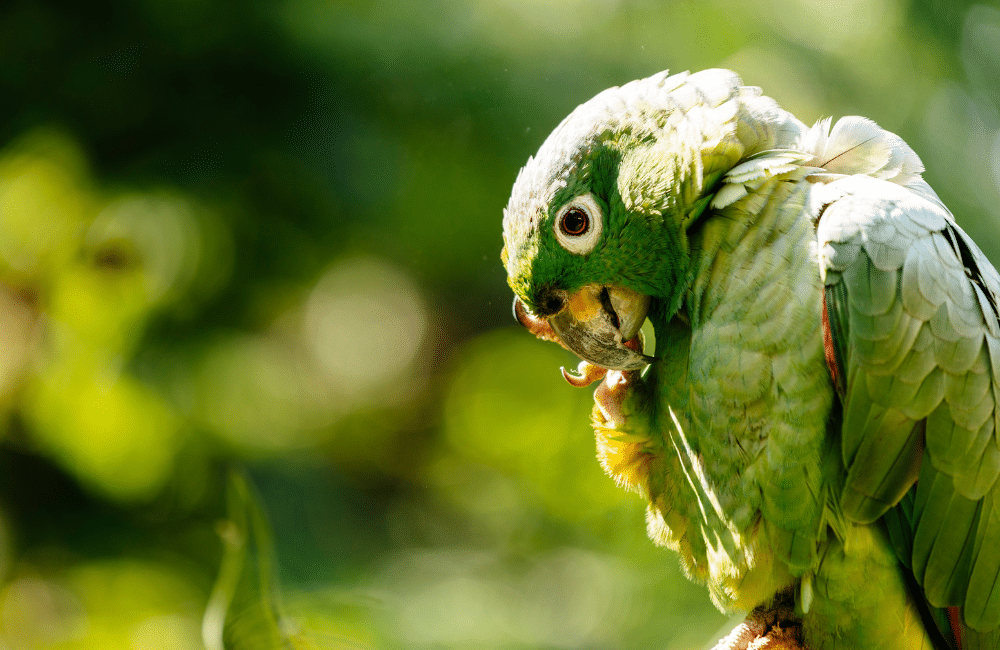Before I ever laid eyes on Machu Picchu, I was ambushed by a llama. Not in a dramatic way. Just the casual, slow-blinking judgement of a creature who clearly thought I was walking on its trail.
That moment, somewhere near Ollantaytambo, made it clear: Peru’s not just about ancient ruins. It’s alive. Wild. Full of animals in Peru that’ll make you stop, stare, and sometimes laugh out loud.
From the towering Andes to the Amazon basin, Peru is a sanctuary for some of the world’s rarest, weirdest, and most wonderful creatures.
If you’ve got even a smidge of curiosity (or a telephoto lens), here are nine animals in Peru that’ll absolutely steal the show and where you’re most likely to meet them.
Ready? Let’s roll.
9 Animals You’ll Want to See in Peru (and Where to Find Them)
Peru isn’t just biodiverse! It’s a full-blown Noah’s Ark.
With over 1,800 bird species, hundreds of mammals, and an Amazon jungle that practically hums with life, this country gives wildlife lovers a front-row seat.
Whether you're hiking the Andes or gliding through jungle rivers, these are the nine animals you’ll want on your wildlife bingo card.
And if you’re serious about seeing them in the wild (without accidentally wandering into an anaconda nest), check out the guided experiences at Naturetrek.
They're experts at turning “maybe I’ll see a monkey” into “OH MY WORD I JUST SAW A MONKEY.”
Now. Are you ready for my list of must-see animals in Peru? Let’s start with one of my favourites. The Andean Condor.
1. Andean Condor
One of the largest flying birds in the world, the Andean condor is basically a feathered glider the size of a small plane.
Sacred to the Incas and seriously impressive in flight, these high-flying heavyweights are best spotted in Colca Canyon, where they surf the thermals like pros.
My Pro Tip: Bring binoculars and maybe a neck brace for all the staring up.
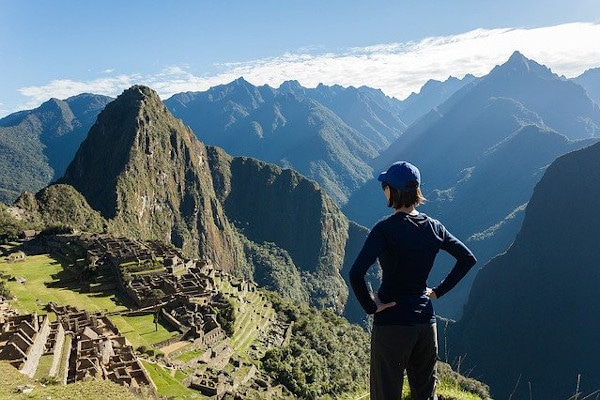
Get a travel insurance quote
Receive a trekking insurance quote from Rise & Shield
These birds are iconic. With a wingspan that can reach over three metres, the condor is a powerful symbol of freedom and the sky in Andean mythology.
The best time to catch them in action is early morning, when the sun starts heating the cliffs and they take to the air in search of thermals (and the occasional unlucky carcass).
You’re not likely to see one up close, but when they glide past, silently and effortlessly, it feels like watching a god fly by.
2. Red Howler Monkey
These jungle dwellers don’t do subtle. If you’re trekking through the Amazon, especially around Tambopata or Manu, their guttural calls will sound like the rainforest is possessed by demons or didgeridoos on steroids.
You can easily spot them swinging between trees, usually in small family groups, giving side-eye to anyone below.
The sound of a red howler monkey is surreal. They use their howls to establish territory and keep rival groups at bay, and they can be heard up to three miles away through the dense jungle.
While they’re not super flashy to look at (reddish fur, long limbs, wise-old-man expressions), their vocal performance is unforgettable. You’ll likely hear them during dawn or dusk when the jungle orchestra is warming up.
3. Vicuña
Imagine a llama, but with anxiety and better hair.
Vicuñas are shy, sleek, and prized for their ultra-soft wool (seriously, it’s rarer than gold in these parts).
You’ll find them at high elevations around Arequipa, especially in Salinas y Aguada Blanca Reserve, grazing with all the elegance of runway models who hate being watched.
Unlike their more sociable llama and alpaca cousins, vicuñas are totally wild and can’t be domesticated.
Their wool is considered one of the finest in the world, and it’s collected only once every few years through a traditional Inca-style ceremony called a chakku.
They spook easily, so you’ll want to keep your distance with a zoom lens if you're hoping for a good photo. That said, just seeing them silhouetted against the mountains is like catching a glimpse of an Andean fairy tale.
4. Yellow-Spotted Amazon River Turtle
Slow? Sure. Adorable? Absolutely.
These turtles chill along Amazonian waterways and oxbow lakes. Visit jungle lodges near Iquitos or Puerto Maldonado and you might see them sunbathing or nesting.
My Bonus Tip: Some eco-tours let you help release baby turtles. Spoiler: you will get emotionally attached.
These turtles play a crucial role in the Amazon’s ecosystem, helping to keep aquatic plant life in check and providing tasty eggs for all sorts of hungry predators.
Conservation efforts are growing, with some lodges offering community-led initiatives to protect nesting sites and boost hatchling survival.
Check out some of the best
If you’re lucky enough to be there during nesting season (usually between July and November), watching a baby turtle shuffle toward the river is one of those once-in-a-lifetime wildlife moments that makes you whisper “go little buddy, go!”
5. Jaguar
Let’s be honest: this one’s a unicorn.
Rare, elusive, and gloriously powerful, jaguars live in Manu National Park, one of Peru’s most pristine jungle reserves.
Your best shot? A multi-day river expedition deep into the Amazon. Even if you don’t spot one, just knowing they're out there adds an electric edge to every rustle in the bushes.
Jaguars are apex predators, perfectly adapted for stealth and strength. They’re solitary, mostly nocturnal, and like to stalk the banks of jungle rivers in search of caiman, capybara, and unlucky tapirs.
Even seasoned guides will tell you a sighting is rare, but it’s not impossible. There have been documented cases of jaguars lounging on riverbanks, unfazed by quiet boats drifting past.
My Pro Tip: Bring a guide with a solid track record and a serious camera. If you do spot one, you’ll want proof.
6. Glass Frog
This tiny wonder looks like it was made in a lab. You can literally see its internal organs through its translucent belly.
Found in humid cloud forests near Cusco or the Manu region, glass frogs are best spotted at night with a guide who knows what to look for. Prepare to geek out.
Their see-through skin isn’t just for show! It’s a kind of camouflage, helping them blend into the damp leaves they call home.
They’re usually no bigger than a 50p coin, which makes spotting them a satisfying challenge for the detail-obsessed.
If you’re hiking with a flashlight in hand and a guide who can identify frog calls, your odds of seeing one leap significantly (pun absolutely intended). Just be gentle with your light. These little guys are sensitive.
7. Blue Morpho Butterfly
A living jewel with wings as big as your palm. One flash of electric blue through the jungle and you’ll forget all about mosquitoes.
Commonly seen around Amazon lodges, especially near Tambopata, these butterflies are the unofficial mascots of jungle wanderlust.
Interestingly, that shimmering blue isn’t from pigment. It’s from microscopic structures on their wings that reflect light, like a natural disco ball.
When their wings close, they vanish into brown, leaf-like camouflage. But when they open mid-flight? It’s like catching a flash of magic.
They’re drawn to sunlit paths, riverbanks, and (oddly) sweaty shirts, so don’t be surprised if one lands on you mid-hike. Just smile and let your friends believe you're the butterfly whisperer.
8. Black Caiman
Imagine a crocodile, but moodier and sneakier. These nocturnal predators rule the Amazon's rivers and lakes, especially near Heath River and Madre de Dios.
Most sightings happen on night safaris when their eyes glow red in torchlight. Spooky? Yes. Cool? Also yes.
They’re much bigger than they look at first glance. Some grow over five metres long, and yes, they can take down large prey.
But despite the horror-film vibes, black caiman are more cautious than aggressive.
If you’re in a canoe or boat, guides know how to safely spot them without getting too close. The trick is to scan with a torch and look for the tell-tale red glow of their eyes reflecting back from the riverbank. It’s a heart-thumping moment, in the best possible way.
9. Spectacled Bear
Paddington Bear’s real-life relative is rare, shaggy, and surprisingly shy.
The only bear species in South America, spectacled bears are found in cloud forests of northern Peru, though they’ve also been spotted near Machu Picchu itself.
My Pro Tip: Check out Alison’s guide on what animals you can see at Machu Picchu. It’s super detailed!
For the spectacled bear? Chaparri Reserve is your best bet. Just don’t expect marmalade sandwiches.
Their name comes from the pale markings around their eyes, which often look like spectacles or the start of a very fancy eye mask.
Each bear’s markings are unique, like a fingerprint. Despite their stocky appearance, they’re excellent climbers and often hang out in trees eating bromeliads and fruits.
Conservation projects have helped stabilise their numbers, and Chaparri even runs a rehabilitation centre for rescued bears, where you can learn more and potentially see one snoozing in the shade.
My Final Thoughts
If there’s one thing Peru taught me, it’s that adventure doesn’t end with ruins or mountain passes. it begins with the rustle in the trees, the shadow overhead, or the sound of a monkey screaming like it’s fronting a metal band.
I went to Peru thinking I’d be chasing postcards of Machu Picchu. I didn’t expect to fall head-over-hiking-boots for the animals.
If you’ve got a love for wildlife, or even just a vague interest in things that crawl, fly, roar, or shimmer, Peru will knock your wool socks off.
Whether you’re watching turtles hatch on a riverbank or scanning treetops for howlers, these encounters turn a good trip into an unforgettable one.
So pack the binoculars, embrace the mud, and never underestimate the power of standing still in the jungle. You never know what might be watching you back.

